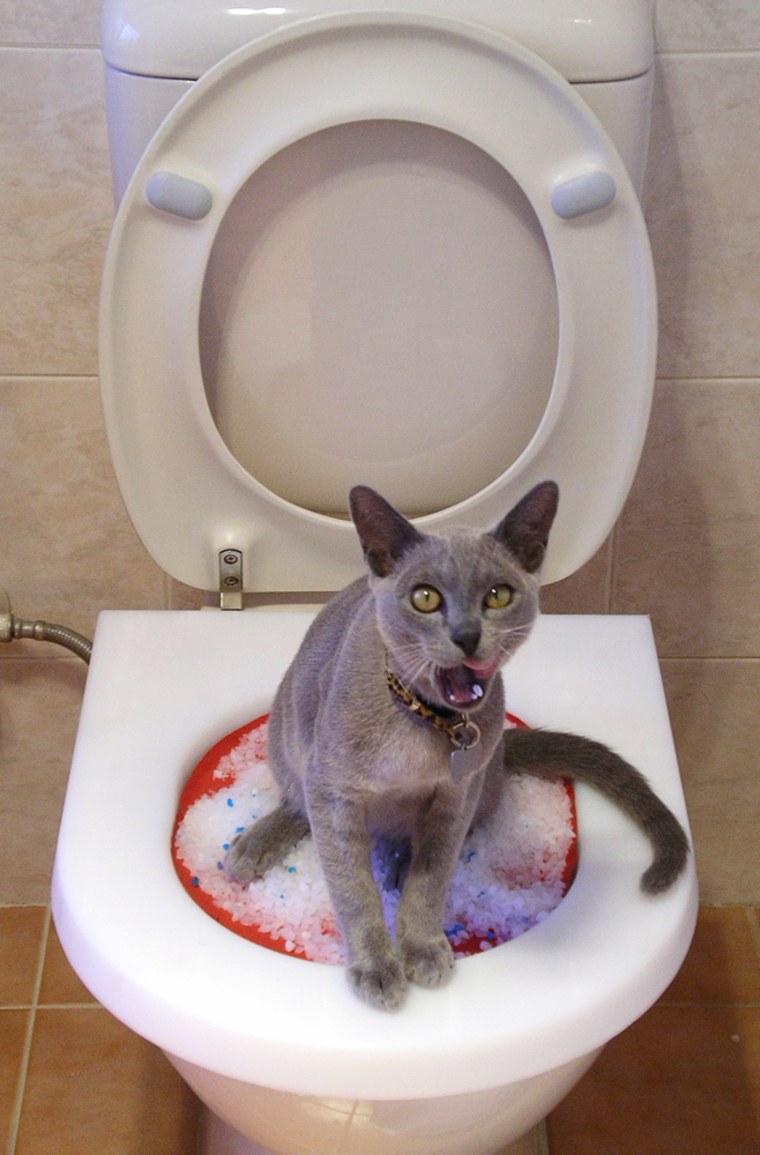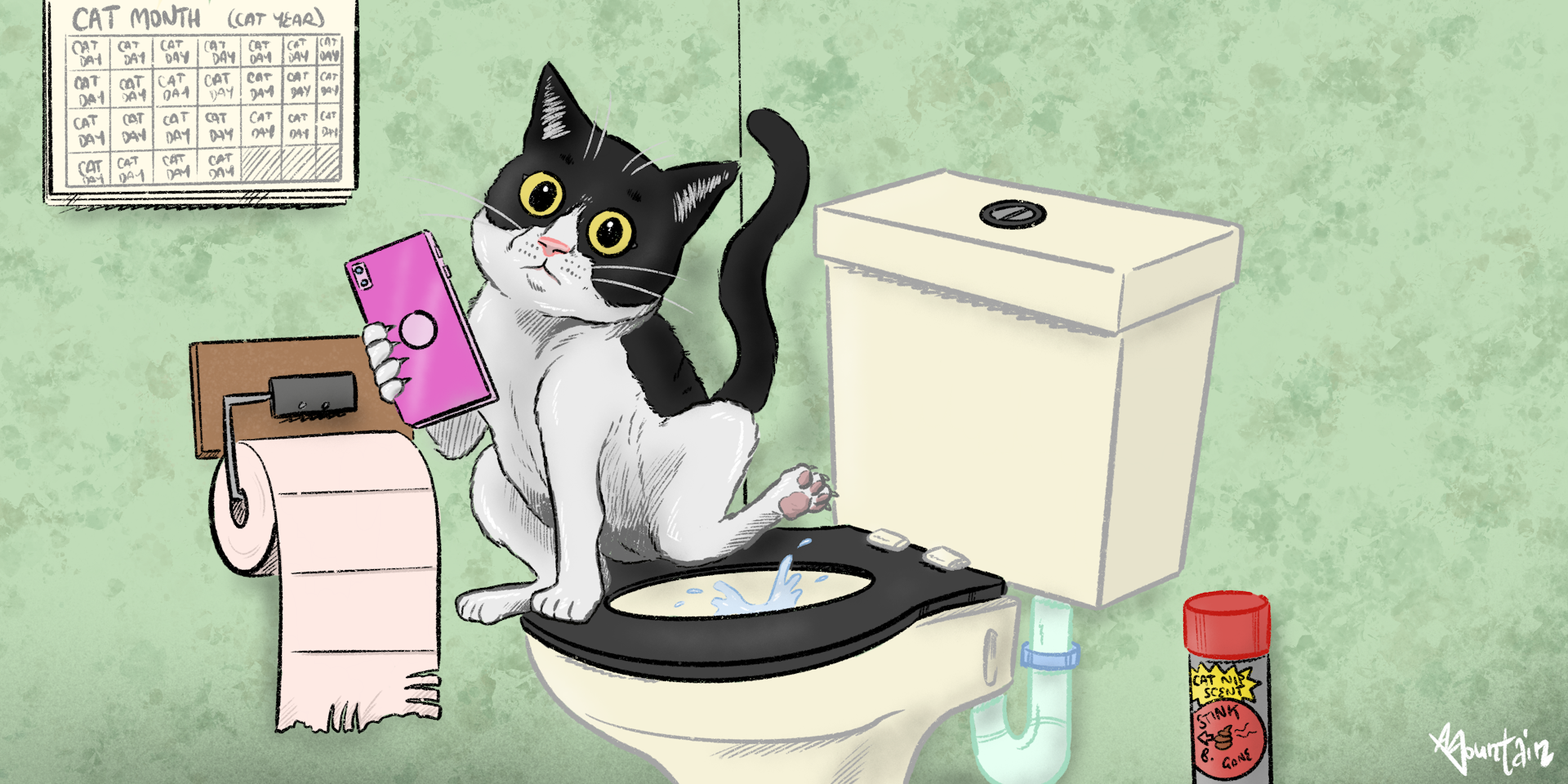Reasons Why You Need to Never Dispose of Animal Waste Down the Toilet
Reasons Why You Need to Never Dispose of Animal Waste Down the Toilet
Blog Article
Just about every person has got their own unique thinking when it comes to 4 Reasons Why Dog Poop Cleanup is Important.

When it concerns getting rid of waste, especially animal waste, many individuals typically turn to the convenient choice of flushing it down the bathroom. Nonetheless, this apparently simple solution can have severe effects for the atmosphere and public health. In this short article, we'll explore why flushing pet waste down the commode is a negative idea and offer alternative approaches for appropriate disposal.
Intro
Proper garbage disposal is important for preserving ecological sustainability and public health. While it may appear harmless to purge animal waste down the commode, it can result in numerous problems, both for the environment and human wellness.
Threats of flushing animal waste
Ecological influence
Purging animal waste presents hazardous microorganisms and virus right into rivers, which can adversely influence marine ecological communities. These pathogens can infect water sources and injury aquatic life, disrupting delicate environments.
Public health concerns
Animal waste includes dangerous germs such as E. coli and Salmonella, which can posture serious health and wellness threats to people. Flushing pet waste down the bathroom can infect water products, bring about the spread of conditions and infections.
Alternatives to flushing
Rather than flushing animal waste down the toilet, there are a number of alternative disposal approaches that are extra eco-friendly and sanitary.
Composting
Composting pet waste is an eco-friendly means to throw away it. By composting, raw material is broken down right into nutrient-rich dirt, which can be utilized to fertilize yards and plants.
Landfill disposal
Dealing with pet waste in a landfill is another option. While not as environmentally friendly click here as composting, it is a safer option to flushing, as it avoids the contamination of water resources.
Pet dog garbage disposal systems
There are specific pet dog waste disposal systems readily available that safely and hygienically throw away pet waste. These systems commonly use enzymes to break down waste and eliminate odors.
Steps to proper pet waste disposal
To make sure proper disposal of pet waste, comply with these steps:
Scooping and getting waste
Routinely scoop and bag animal waste utilizing eco-friendly bags. This protects against waste from contaminating the environment.
Utilizing marked waste bins
Dispose of bagged animal waste in marked waste containers, such as garden compost bins or garbage dump containers. Stay clear of flushing it down the commode whatsoever costs.
Cleaning up litter boxes and pet locations regularly
Routinely tidy can and animal locations to stop the buildup of waste and germs. Usage pet-safe cleaning items to maintain hygiene.
Benefits of appropriate disposal methods
Embracing appropriate disposal techniques for pet waste uses a number of advantages:
Lowered environmental pollution
Proper disposal methods decrease the risk of environmental pollution, shielding rivers and ecological communities from contamination
Minimized threat of water contamination.
By avoiding flushing pet waste down the toilet, the danger of water contamination is significantly decreased, protecting public health.
Improved cleanliness and hygiene
Correct disposal approaches advertise far better sanitation and health, creating a safer atmosphere for both people and animals.
Final thought
Finally, purging animal waste down the commode is harmful to the setting and public health. By adopting different disposal techniques and adhering to correct waste monitoring methods, we can decrease the unfavorable influence of animal waste and contribute to a cleaner, much healthier world.
What To Do With Dog Poo – The Do's And Don'ts Of Disposing Of Faeces
Dog poo bins
Some councils provide dedicated dog waste bins in popular dog-walking areas that can take dog poo that has been bagged but you can legally dispose of dog waste in any public litter bin, as long as it is securely bagged. This also applies to your wheelie bin at home.
Do not flush
Water companies do not recommend flushing dog faeces down the toilet because certain parasites can survive the water processing treatment and are potentially harmful to humans. You should also never consider flushing dog poo that has been bagged down the toilet as the bags will not break down and instead create severe blockages in the sewage system.
In the woods
The Forestry Commission promotes a ‘stick and flick’ method for dealing with waste in the woods. This means finding a stick and using it to flick any poo from off the path so that it is out of the way of other walkers. You could also bury it as long as it is not in an area where there might be livestock.
Livestock
Parasites found in dog poo can be transmitted to livestock if they inadvertently eat infected faeces that has been left on grazing land. This could result in the death of sheep or abortion in cattle so you should always make sure you pick up your dog’s waste in fields where livestock could be present.

Routinely tidy can and animal locations to stop the buildup of waste and germs. Usage pet-safe cleaning items to maintain hygiene.
Benefits of appropriate disposal methods
Embracing appropriate disposal techniques for pet waste uses a number of advantages:
Lowered environmental pollution
Proper disposal methods decrease the risk of environmental pollution, shielding rivers and ecological communities from contamination
Minimized threat of water contamination.
By avoiding flushing pet waste down the toilet, the danger of water contamination is significantly decreased, protecting public health.
Improved cleanliness and hygiene
Correct disposal approaches advertise far better sanitation and health, creating a safer atmosphere for both people and animals.
Final thought
Finally, purging animal waste down the commode is harmful to the setting and public health. By adopting different disposal techniques and adhering to correct waste monitoring methods, we can decrease the unfavorable influence of animal waste and contribute to a cleaner, much healthier world.
What To Do With Dog Poo – The Do's And Don'ts Of Disposing Of Faeces
Dog poo bins
Some councils provide dedicated dog waste bins in popular dog-walking areas that can take dog poo that has been bagged but you can legally dispose of dog waste in any public litter bin, as long as it is securely bagged. This also applies to your wheelie bin at home.
Do not flush
Water companies do not recommend flushing dog faeces down the toilet because certain parasites can survive the water processing treatment and are potentially harmful to humans. You should also never consider flushing dog poo that has been bagged down the toilet as the bags will not break down and instead create severe blockages in the sewage system.
In the woods
The Forestry Commission promotes a ‘stick and flick’ method for dealing with waste in the woods. This means finding a stick and using it to flick any poo from off the path so that it is out of the way of other walkers. You could also bury it as long as it is not in an area where there might be livestock.
Livestock
Parasites found in dog poo can be transmitted to livestock if they inadvertently eat infected faeces that has been left on grazing land. This could result in the death of sheep or abortion in cattle so you should always make sure you pick up your dog’s waste in fields where livestock could be present.

I'm very focused on 4 Reasons Why Dog Poop Cleanup is Important and I hope you enjoyed my blog posting. Do you know about somebody who is very much interested in the niche? Be sure promote it. I praise you for being here. Please stop by our blog back soon.
Click Here Report this page